Introduction
In digital marketing, Click-Through Rate (CTR) is one of the most important metrics that determine the success of an ad campaign. A higher CTR means more users are engaging with your ads, which ultimately leads to better conversions and return on investment (ROI).
But in 2025, competition for attention is tougher than ever. With endless ads flooding social media, search engines, and websites, only the most engaging creatives can capture clicks.
So, what makes an ad creative stand out today? This blog will break down practical strategies to improve CTR by using better visuals, messaging, and formats.
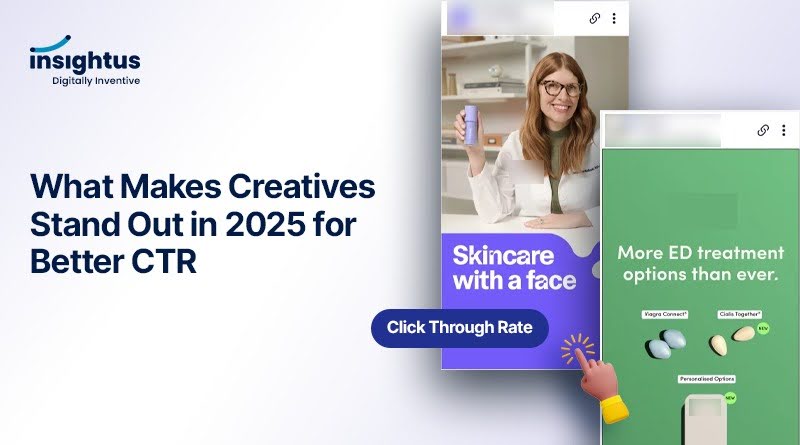
1. The Importance of High-Quality Creatives
The creative (image, video, or banner) is the first thing users notice in an ad. Even if you target the right audience, a weak creative will fail to grab attention. Here’s why creative quality is crucial for CTR:
First Impressions Matter
- Users scroll quickly, and you have only a few seconds to make them stop. A compelling creative grabs attention immediately and prevents users from skipping over your ad.
Emotional Triggers Increase Engagement
- Ads that evoke emotions—whether excitement, curiosity, or urgency—have a higher chance of engaging users. People connect with content that resonates with their feelings.
Relevant Ads Get More Clicks
- Users engage more with ads that feel tailored to their needs or interests. Personalized creatives see higher CTR because they align with user expectations.
Example: Nike’s “Just Do It” campaigns effectively use bold visuals and strong emotional appeal to drive high engagement. Their high-quality video ads often feature inspiring athletes, making them relatable and motivating.
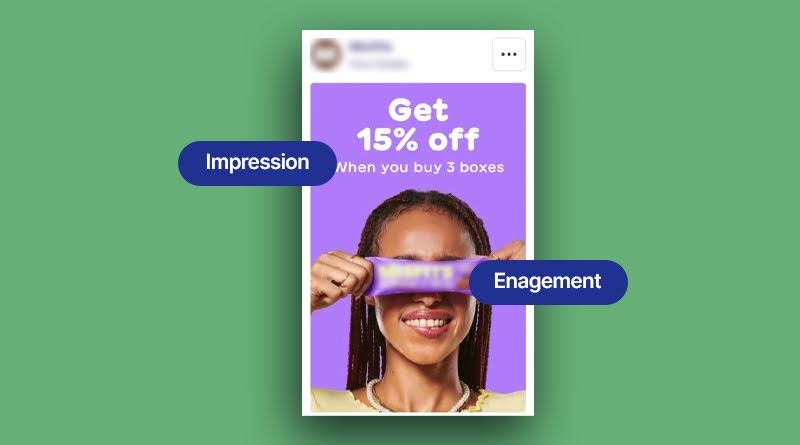
2. Creative Trends That Will Boost CTR in 2025
A. Eye-Catching Visuals
To stand out in a crowded digital space, ads need strong visual appeal. Here’s what works best:
- Bold Typography: Large, clear headlines improve readability.
- Minimalist Design: Less clutter keeps focus on key elements.
- Bright Colors & Contrast: Helps ads pop on busy screens.
- Consistent Branding: Ensures easy recognition and builds trust.
Example: Coca-Cola’s use of its signature red and white branding ensures instant recognition across all its ad creatives. Even when experimenting with ad formats, their brand identity remains consistent.
Real-Life Example: Burger King’s “Moldy Whopper” campaign used an untraditional visual of a decaying burger to emphasize their preservative-free ingredients, leading to massive engagement.
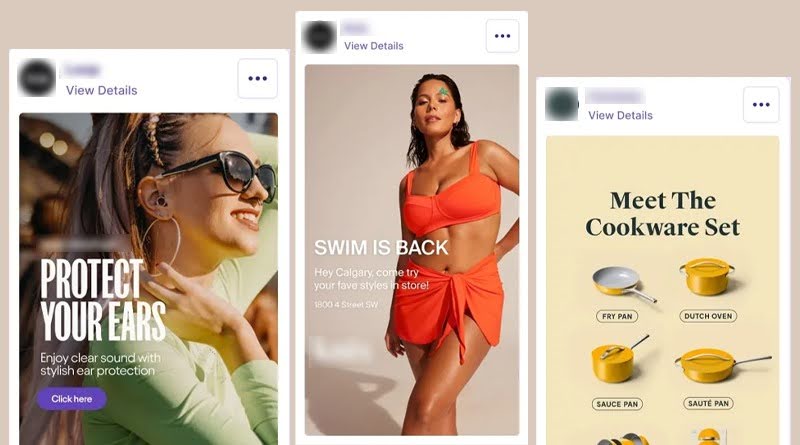
B. Video & Motion-Based Ads
Videos and animations outperform static images. Here’s why:
- Short videos (under 10 seconds) drive higher engagement.
- GIFs and animations make ads more dynamic.
- Text overlays in videos ensure key messages are noticed.
- Live videos create real-time interaction and boost engagement.
Example: Instagram Reels and TikTok ads by brands like Sephora showcase quick beauty tutorials, leading to a 30% increase in CTR compared to static image ads.
Real-Life Example: Duolingo’s TikTok ads featuring their mascot interacting with trending content have helped boost app downloads significantly.
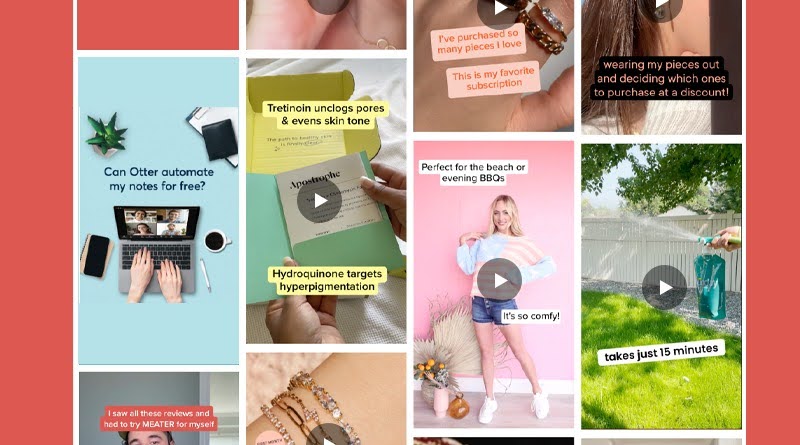
C. Personalized and AI-Driven Ads
Generic ads no longer work. Personalization improves engagement.
- Dynamic Ads: Show different versions based on user behavior.
- Location-Based Ads: Offer region-specific deals.
- Real-Time Content: Update ads based on trends or events.
- AI-Generated Visuals: Use AI to create optimized ad variations.
Example: Amazon’s dynamic product ads display items that users have previously searched for, leading to higher CTR.
Real-Life Example: Spotify’s “Wrapped” campaign personalizes content based on users’ listening habits, making it highly shareable and increasing engagement.
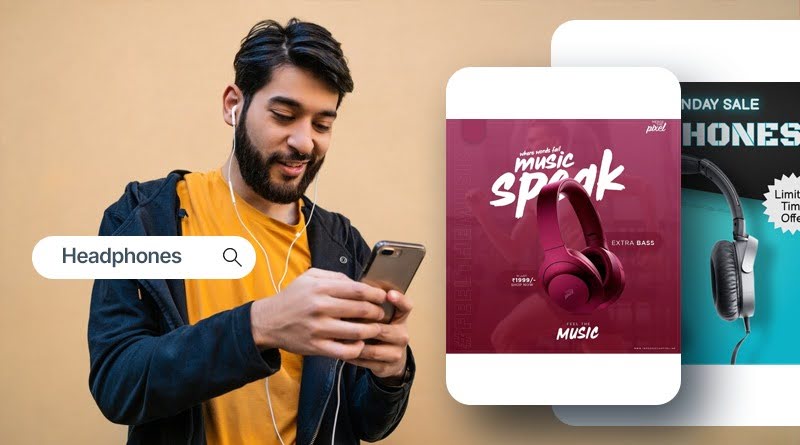
D. Interactive Ads That Encourage Action
People enjoy engaging with ads rather than just watching them. Some effective formats include:
- Polls & Quizzes: Encourage user interaction.
- Augmented Reality (AR): Allows users to try products virtually.
- Gamified Ads: Reward users with discounts or points for interaction.
- Shoppable Ads: Let users buy products directly from the ad.
Example: IKEA’s AR-powered app allows users to visualize furniture in their homes before buying, increasing engagement and confidence in their purchase decision.
Real-Life Example: Snapchat’s AR filters for brands like Gucci allow users to “try on” sneakers virtually, leading to higher engagement and conversion rates.
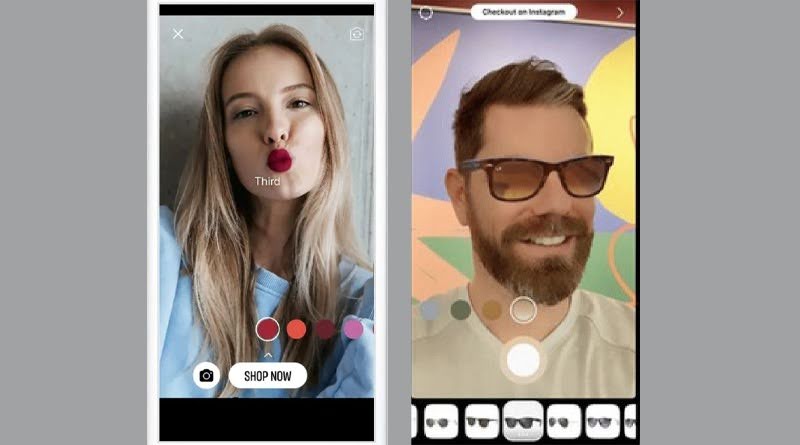
3. Writing Ad Copy That Drives Clicks
An ad’s message is as important as its design. The right words can boost clicks significantly. Here’s what works:
- Strong Headlines: Create curiosity or urgency (e.g., “Limited Time Offer: Ends Soon”).
- Emotion-Driven Messaging: Make users feel something (e.g., “Experience Comfort Like Never Before”).
- Concise Copy: Keep it clear and easy to understand.
- Powerful CTAs: Use action-oriented phrases (e.g., “Shop Now” or “Get Started”).
Example: McDonald’s “I’m Lovin’ It” campaign uses short, memorable messaging to drive instant recognition and clicks.
Real-Life Example: Apple’s “Shot on iPhone” campaign used user-generated content and simple copy to highlight the camera’s capabilities, making it more relatable and leading to higher engagement.
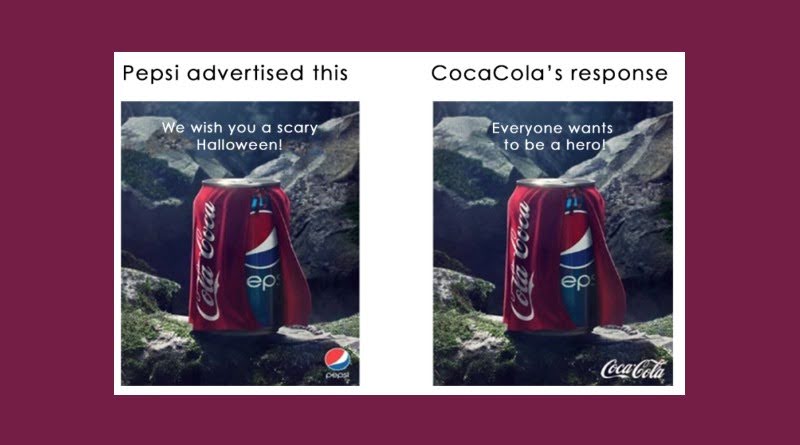
Conclusion
To boost CTR in 2025, creatives must be visually appealing, engaging, and relevant. Ads that are well-designed, interactive, and personalized will capture attention and drive clicks.
Key Takeaways:
- Use bold visuals and short-form videos to grab attention.
- Keep copy clear, engaging, and action-driven.
- Make CTAs stand out and easy to click.
- Continuously test, analyze, and optimize creatives.
Real-World Example: Brands like Apple, Netflix, and Adidas consistently optimize their creatives to match consumer preferences, resulting in higher engagement and better CTR.
By applying these strategies, marketers can create high-performing ads that get more clicks and better conversions. Now it’s time to put these insights into action!

